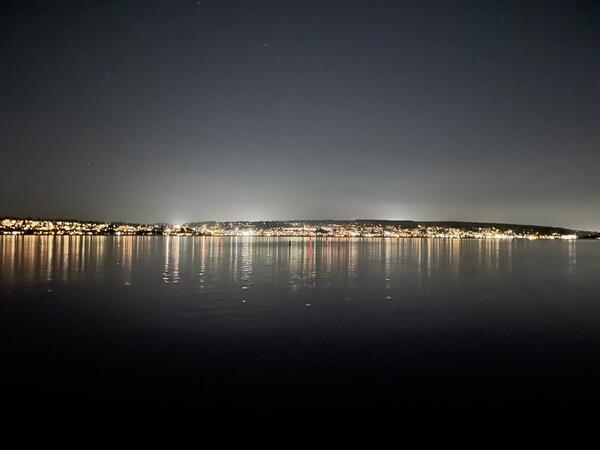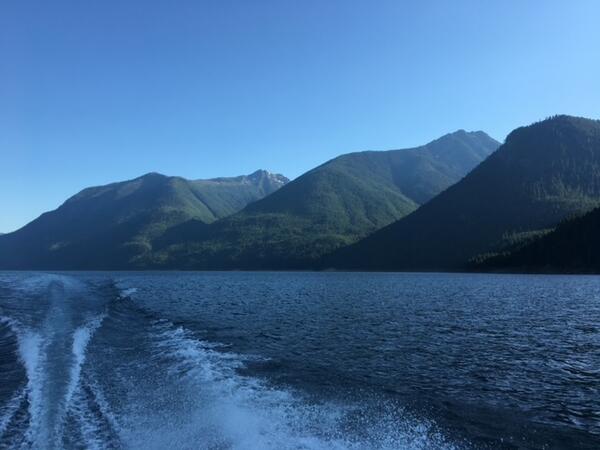Research Interests:
I am interested in advancing a mechanistic understanding for how the behavior, bioenergetics, and sensory capabilities of individual organisms scale up to determine the structure and function of aquatic ecosystems and how food web interactions are mediated by natural and human induced changes in environmental conditions. To this end, I am active in the development and application of bioenergetics models for salmonids, their predators and competitors. When coupled with directed field sampling to obtain growth, thermal experience, distribution, diet/stable isotopes and calorimetry data, we use bioenergetics simulations to identify and quantify factors that limit survival, growth, and production of focal species in a food web such as: predation, seasonal food availability, competition, or environmental stressors. Our team also uses scale- and otolith-based age and growth methods for identifying life history diversity, periods of size-selective mortality, and associated critical growth periods that influence survival through the completion of life cycles for anadromous and resident salmonids. We use this approach to evaluate the feasibility of species reintroductions above dams or in response to dam removal or re-operations, determine the impact of invasive species, and diagnose factors inhibiting recovery of ESA-listed species.
Because salmonids and most of their predators and competitors rely on vision to feed, we develop, refine, and applying visual foraging models through a combination of experimentation and field measurements. Using spatially-scalable experiments to parameterize how predator-prey reaction or detection distances change as functions of light and turbidity, and how prey size, behavior, and visual conditions affect capture success probability given an encounter, we construct models that predict how the efficacy of predators change given the transparency of a water body at any depth, any time of the day or night, and any time of the year. This approach allows us to evaluate how seasonal and diel changes in the visual environment affect natural variability in foraging and predation risk. In addition, we can determine how increased artificial light pollution and human-induced changes to natural turbidity cycles have changed predation mortality, risk, and prey behavior.




















